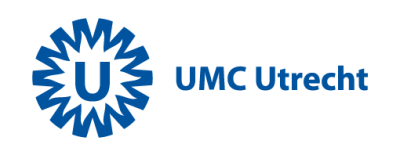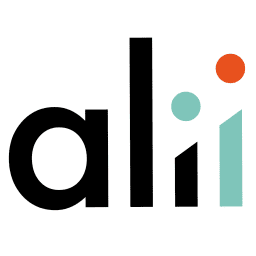Cardiovascular precision medicine by integrating diagnostic modalities
Diagnostic testing possibilities increase, but even experienced clinicians cannot oversee all risks and benefits. CardioMATE’s partnership of UMC Utrecht and Alii aimed to personalise the diagnostic trajectory for the cardiovascular outpatient clinic at the UMC Utrecht by supporting clinicians to choose the most efficient diagnostic pathway.
They identified the most frequently diagnosed diseases of patient, explored literature to identify the performance of diagnostic modalities that are in use for these patients, and modelled, using Bayesian statistics, 59,000 diagnostic trajectories for 10 diagnoses.
About 10% of diagnoses are inaccurate and the increasing availability of diagnostic modalities leads to unnecessary testing and overuse, leading to burden for both patients and the healthcare system. Cardiovascular diseases account for over 850,000 lost healthy lives and 272,234 hospitalisations every year in the Netherlands. A more efficient diagnostic pathway will not only be valuable to decrease the burden on the healthcare system, but also increase quality of life of patients by preventing a cumbersome diagnostic trajectory.
They used pre-test probabilities based on real-world data from the Utrecht Patient Oriented Database and modelled post-test probabilities for anamnesis, signs, symptoms and diagnostic modalities, based on diagnostic performance. They based the decision to recommend additional diagnostic testing on the treatment threshold (harm/(harm+benefit)). For all combinations of modalities, they calculated associated findings and associated routes. They developed a tool for algorithmic calculations. By suggesting whether additional testing is needed or the threshold is already reached, the most efficient route can thus be calculated for an individual patient.
The partners encountered several challenges, including suboptimal reported diagnostic performance and treatment effects in terms of QALYs in literature, consistently low treatment thresholds and long computation times. They therefore concluded that the treatment threshold model approach based on scientific literature is currently unsuitable for deployment into a clinical diagnostic support system.


